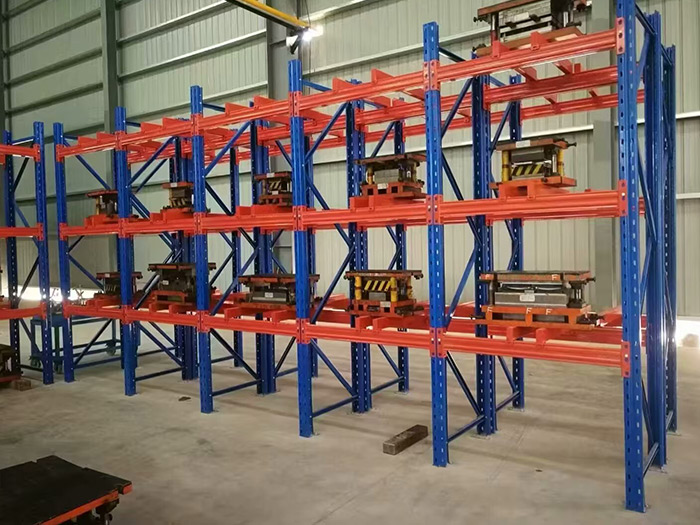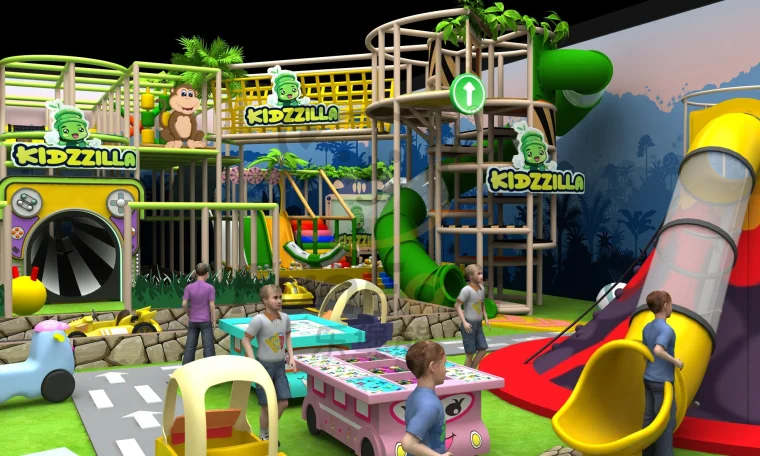Concrete is often hailed as one of the most versatile and widely used construction materials in the world. From towering skyscrapers to humble sidewalks, its applications are virtually limitless. However, beneath its sturdy facade lies a troubling reality: concrete is significantly detrimental to the environment. This article delves into the multifaceted environmental impacts of concrete production and usage, exploring the reasons why this ubiquitous material is considered so harmful.
The Carbon Footprint of Concrete Production
One of the primary reasons concrete is deemed environmentally unfriendly is its substantial carbon footprint. The production of cement, a key ingredient in concrete, is responsible for approximately 8% of global carbon dioxide emissions. This is largely due to the calcination process, where limestone (calcium carbonate) is heated to produce lime (calcium oxide), releasing CO2 as a byproduct. Furthermore, the energy-intensive nature of cement production often relies on fossil fuels, exacerbating greenhouse gas emissions.
Resource Depletion and Habitat Destruction
The extraction of raw materials for concrete—such as sand, gravel, and limestone—poses significant environmental challenges. Sand mining, in particular, has surged in recent years, leading to habitat destruction, biodiversity loss, and increased erosion. Coastal ecosystems are especially vulnerable, as the removal of sand disrupts marine habitats and contributes to rising sea levels. The demand for these resources often leads to unsustainable practices, further straining local environments and communities.
Water Consumption and Pollution
Concrete production is a water-intensive process. The cement industry consumes vast amounts of water, which can strain local water resources, especially in arid regions. Additionally, the runoff from concrete production sites can lead to water pollution, as chemicals and heavy metals leach into nearby water bodies. This not only affects aquatic life but also poses risks to human health, particularly in communities reliant on these water sources for drinking and agriculture.
Urban Heat Island Effect
Concrete's thermal properties contribute to the urban heat island (UHI) effect, where urban areas experience significantly higher temperatures than their rural surroundings. This phenomenon occurs because concrete absorbs and retains heat, leading to increased energy consumption for cooling and exacerbating air pollution. The UHI effect can have dire consequences for public health, particularly for vulnerable populations, and can strain energy resources during peak demand periods.
Waste Generation and Landfill Issues
The lifecycle of concrete does not end with its initial use. Demolition and construction waste contribute significantly to landfill volumes, with concrete being one of the most prevalent materials in construction debris. While concrete is recyclable, the reality is that a substantial portion ends up in landfills, where it occupies space and contributes to methane emissions as it decomposes. Moreover, the recycling process itself can be energy-intensive, further diminishing its environmental benefits.
Alternatives and Sustainable Practices
Recognizing the environmental challenges posed by concrete, the construction industry is increasingly exploring sustainable alternatives and practices. Innovations such as geopolymer concrete, which utilizes industrial byproducts like fly ash and slag, offer promising solutions that can significantly reduce carbon emissions. Additionally, incorporating recycled aggregates into concrete mixes can minimize resource extraction and waste generation.
Moreover, adopting sustainable construction practices, such as optimizing designs to reduce material usage and implementing green building certifications, can help mitigate the environmental impact of concrete. Urban planners and architects are also encouraged to integrate green spaces and permeable materials into urban designs to combat the UHI effect and promote biodiversity.
Conclusion
While concrete remains an indispensable material in modern construction, its environmental repercussions cannot be overlooked. From its substantial carbon footprint and resource depletion to its role in pollution and waste generation, the negative impacts of concrete are profound and far-reaching. As the world grapples with the urgent need for sustainable development, it is imperative for the construction industry to embrace innovative alternatives and practices that prioritize environmental stewardship. By doing so, we can pave the way for a more sustainable future, one that balances the demands of infrastructure with the health of our planet.


